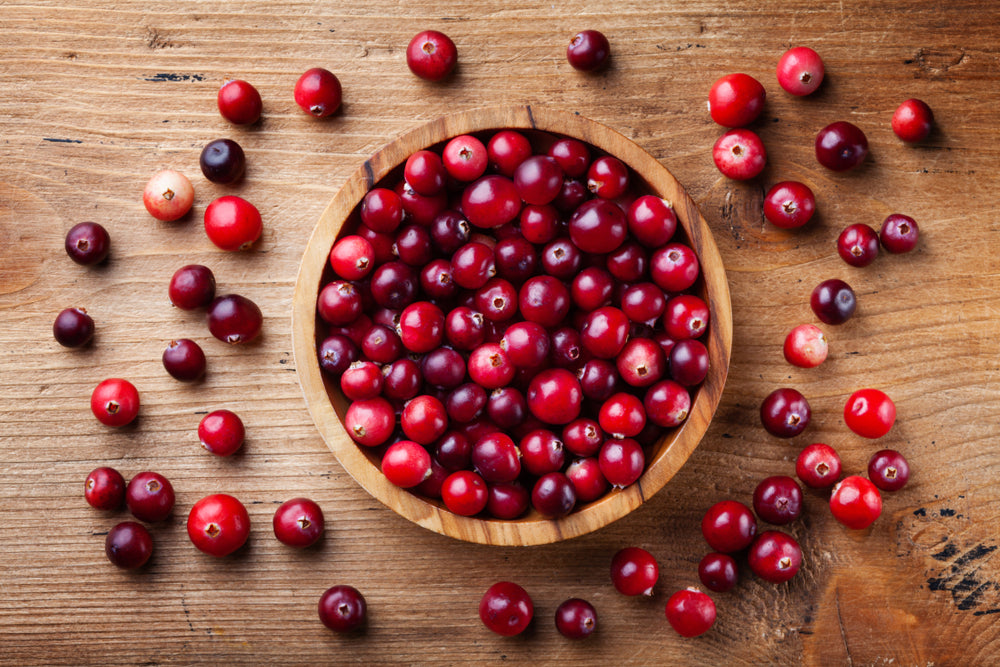Can Cranberry Juice Help with Yeast Infections?

Share
Cranberry juice has commonly been used as a remedy for helping with urinary tract infections. Studies on cranberry juice have found that it can help block specific chemicals that pathogenic bacteria need to adhere to the bladder's walls. This process can prevent bacteria such as E. coli from causing an infection in the urinary tract.
While cranberry juice appears to benefit urinary tract infections, many people wonder: can cranberry juice help with yeast infections? Below, we'll explore the connection between cranberry juice and yeast infections.
A yeast infection is a different type of infection than a urinary tract infection. This infection stems from an overgrowth of yeast, whereas bacteria cause urinary tract infections.
These are two entirely different species of organisms. Consequently, they cause different types of conditions and require different treatment approaches.
The compounds in cranberry juice that fight off pathogenic bacteria do not work the same on fungi.

However, some studies have found that cranberry juice does have antifungal properties. Still, these do not work very well on Candida.
Research shows that cranberry juice has no antifungal effect on Candida albicans. Therefore, we can conclude that it is not an effective remedy for treating yeast infections. However, while not being a natural remedy for a yeast infection, cranberry juice may still be able to help with yeast infections in other ways.
Cranberry juice contains high levels of vitamin C, an antioxidant that plays a vital role in immune system health. By supporting the strength and functioning of the immune system, vitamin C can help your body better fight off infections—including yeast infections.
People become much more susceptible to developing a yeast infection when their immune system is compromised. However, there are many other contributing factors as well.
Perhaps the most significant factor that increases the risk of developing a yeast infection is an imbalance in the gut microbiome. The gut microbiome is the community of trillions of microorganisms living inside the gut. These microorganisms play critical roles in digestion, gut health, immunity, mood, and much more.
This microbial community in the gut is primarily made up of different types of bacteria. The ideal gut bacteria ratio is 90% "good" bacteria and 10% "bad" bacteria. Unfortunately, due to common dietary and lifestyle factors, most people have the inverse ratio of 10% "good" bacteria and 90% "bad" bacteria, creating a condition known as "dysbiosis" that lies at the root of many digestive ailments.
The good bacteria in the gut have an essential role in keeping Candida and other organisms under control. When these beneficial bacteria are reduced, the Candida population can grow beyond normal levels, resulting in a yeast infection.
Most yeast infections begin in the gut. Therefore, the best way to treat a yeast infection is by addressing the condition at this root level while also managing symptoms at the local site of infection, depending on what type of infection one has.
Cranberry juice can play a supportive role in fighting a yeast infection by enhancing immune system health. Still, it cannot get rid of a yeast infection directly.
For that, antifungal compounds are necessary. In addition, to fight a yeast infection, it is essential to focus on restoring gut health and correcting the imbalance in the gut microbiome.
References: